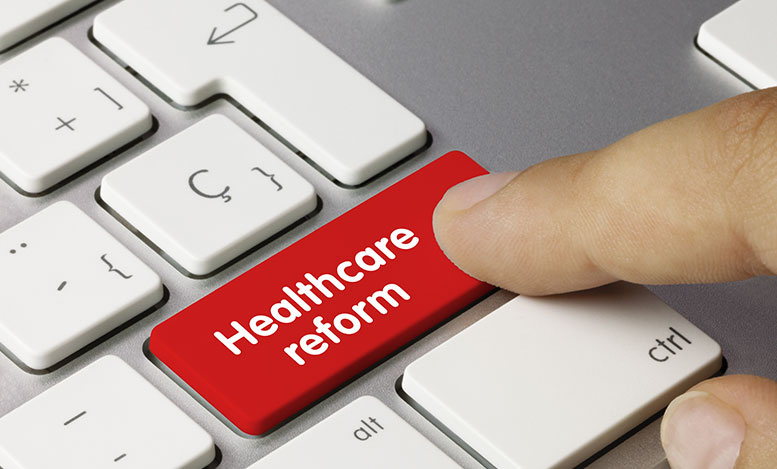Over the past decade, we have made significant progress in the advancement of technologies and the tools developed to help transform our Nation’s healthcare ecosystem.
The HITECH Act accelerated the adoption of Electronic Health Records (EHR) through the federal EHR incentive program, Meaningful Use. As a result, we now have digitized health information systems that allow information exchange by capturing structured data in discreet and standardized formats.
However, there is still a long way to go to achieve the government’s goal of the “Triple Aim” – improving health and the patient experience, while lowering costs. Here are a few technology trends to consider in 2017:
- Digital Tools: As the nation moves from a fee-for-service reimbursement model to value-based care, it will be critical for hospitals and providers to have an IT infrastructure that supports value-based care if hospitals and providers are going to thrive in this environment. Digital health tools like wearable sensors and portable diagnostic equipment to data-driven software platforms, telemedicine tools, and mobile health care apps are key to success in a transformed healthcare ecosystem.
- Long Term and Post-Acute: Federal policies incentivized the adoption of EHRs for hospitals and providers. Nursing homes and post-acute care were not rewarded for adopting EHRs and are lagging behind as an industry. Currently, there are more than 1.5 million residents in long-term care facilities. These patients are medically complex, have high medical costs, and are frequently transferred to acute care hospitals. And our nation is facing an out of control opioid epidemic driving the need for tens of thousands of new treatment centers nationwide. As a result, both long-term care and behavioral health have an urgent need to keep pace with the Health Information Technology (HIT) adoption occurring in other sectors.
- Population Health: New technologies and startups are enabling patients to receive care based on different levels of severity through the use of data analytics and population health management. The population health market is expected to reach USD 31.63 billion by 2020, growing at a CAGR of 23.2% during the forecast period of 2015 to 2020. Read the full research here.
According to a new survey “2017: The Year Ahead in Health IT” by Healthcare IT News, polling 95 top healthcare executives, healthcare organizations will continue to optimize their electronic health record system. We will also see the first arrival of technologies in post-acute healthcare organizations. Asked which technologies they plan to introduce or investigate in 2017, 45 percent said analytics, 45 percent said workflow improvement, 44 percent said telehealth, 41 percent said population health, 41 percent said smart medical devices, 34 percent said remote patient monitoring, and 21 percent said precision medicine. Regardless of what happens in Congress with the Affordable Healthcare Act (AHCA), the movement toward value-based care is inevitable.

